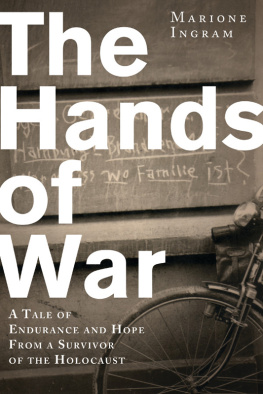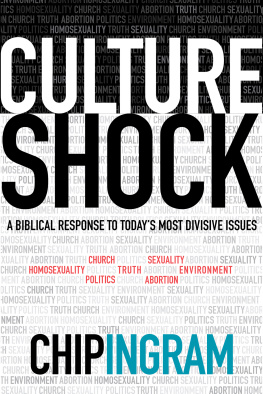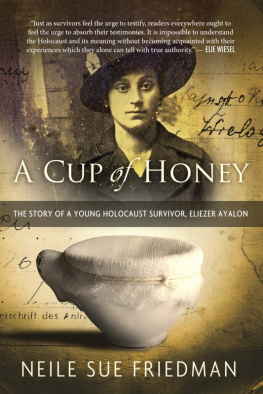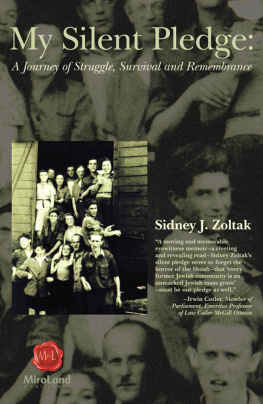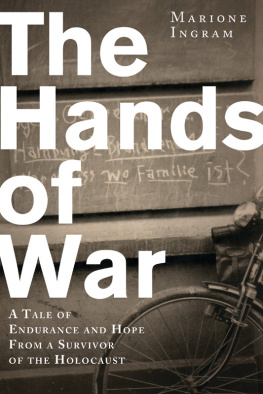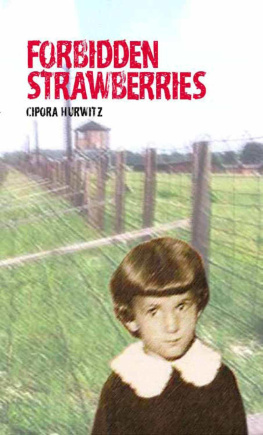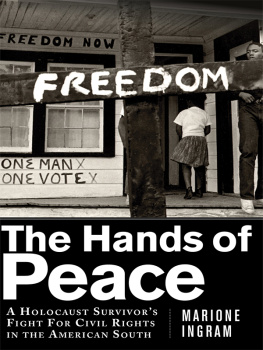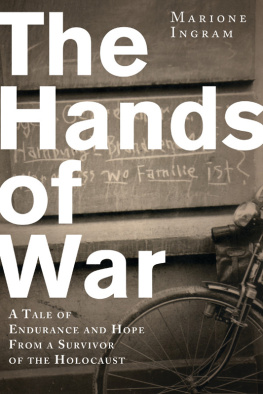The Hands
of War
The Hands
of War
A Tale of Endurance and Hope, from a Survivor of the Holocaust
Marione Ingram

S KYHORSE P UBLISHING
Copyright 2013 by Marione Ingram
All Rights Reserved. No part of this book may be reproduced in any manner without the express written consent of the publisher, except in the case of brief excerpts in critical reviews or articles. All inquiries should be addressed to Skyhorse Publishing, 307 West 36th Street,11th Floor, New York, NY 10018.
Skyhorse Publishing books may be purchased in bulk at special discounts for sales promotion, corporate gifts, fund-raising, or educational purposes. Special editions can also be created to specifications. For details, contact the Special Sales Department, Skyhorse Publishing, 307 West 36th Street, 11th Floor, New York, NY 10018 or info@skyhorsepublishing.com.
Skyhorse and Skyhorse Publishing are registered trademarks of Skyhorse Publishing, Inc., a Delaware corporation.
Visit our website at www.skyhorsepublishing.com.
Photographs are from the authors personal collection unless otherwise indicated.
Gomorrah first appeared in slightly different form in Granta (issue 96, 2006) edited by Ian Jack, and The Best American Essays 2007, edited by David Foster Wallace and Robert Atwan.
10 9 8 7 6 5 4 3 2 1
Library of Congress Cataloging-in-Publication Data
Ingram, Marione, author.
The hands of war : a tale of endurance and hope, from a survivor of the Holocaust / Marione Ingram.
volume ; cm
Summary: During World War II, Marione and her family miraculously escape the firestorms of Hamburg and seek shelter with a contact in the countryside who grudgingly agrees to house them in a shed for more than a year. --Provided by publisher.
ISBN 978-1-62087-185-0 (hardcover : alk. paper)
1. Ingram, Marione. 2. Jews--Germany--Biography. 3. Holocaust, Jewish (1939-1945)--Germany--Personal narratives. 4. Holocaust survivors--Biography. 5. Germany--Ethnic relations. I. Title.
DS134.42.I54A3 2013
940.5318092--dc23
[B]
2012033052
Printed in China
For those we loved and lost,
and for Sam and Noah
A curse shall light upon the limbs of men...
Blood and destruction shall be so in use
And dreadful objects so familiar
That mothers shall but smile when they behold
Their infants quarterd with the hands of war
Julius Caesar, Act III, scene 1, by William Shakespeare
C ONTENTS
F OREWORD
Marione Ingram is an extraordinary woman. As a survivor not only of the Holocaust but of the Hamburg firestorm, she is a rare witness to two of the most significant episodes of the Second World War.
I first read her memoir of these events one Halloween, and it struck me that this was a strangely appropriate time to do so. While all around me the neighborhood children were preparing for the sanitized horrors of the evening, I found myself immersed in something altogether darker. As a child, Marione suffered threats and insults from her neighbors, who were far removed from the playfulness of trick-or-treating. Other seven-year-olds would taunt her with the suggestion that she would soon be sent up the chimney. The atmosphere in her native city of Hamburg eventually became so poisonous that her mother tried to commit suicidesomething that Marione herself witnessed, and which still haunts her today.
She and her family were only saved from the Holocaust by sheer luck. A few days before they were due to be deported to a concentration camp, the British and American air forces began a bombing campaign that caused enough confusion for her family to slip through the Nazi net. But if this was a lucky escape, it did not seem so at the time. The bombing of Hamburg was an extremely traumatic event that turned Mariones entire neighborhood into a furnace. The tarmac in the streets melted, people burned as they fled the flames, and hurricane-force winds generated by the fire were strong enough to knock grown men off their feet and suck them into the inferno. Marione witnessed these horrors from the bottom of a bomb crater, where she and her mother took shelter from what we now know to be the worst single bombing raid of the European war, and the greatest man-made firestorm the world has ever seen.
In the confusion that followed the bombing, Marione and her family escaped. They saw out the rest of the war in hiding, living in a shack in the woods belonging to one of her fathers pre-war Communist friends. The hunger, desperation, and loneliness she experienced during those two years were almost beyond description, and placed unbearable psychological strains on her family. Yet they survived. And not only survived, but since the war Marione has flourishedas an artist, a civil rights activist, a wife, a mother, and now a grandmother.
Like most survivor memoirs, this is a tapestry of vivid recollections, impressions, reconstructed memories, embellishments, and hearsay, but buried within it is a deeper truth: the experience of what it felt like to be there at the time. One must admire the fortitude that this extraordinary woman has shown, both in managing to survive these events and in having the courage to record them here for posterity. From the comfort of our twenty-first century world we can only thank God that our own children have never been called upon to exhibit the same kind of bravery.
Keith Lowe
Author of Inferno: The Devastation of Hamburg, 1943
P REFACE
This book is intended as a remembrance of family members and others who were killed because they resisted the Nazi regime or simply because they were Jews. To tell their stories, and those of some who survived, I have reconstructed from shards of memory scenes that I witnessed as a child in Hamburg, Germany, or heard about from parents and others who were there.
More than half a century after leaving, I returned to Hamburg and tried to retrace my flight through its streets during one night of Allied bombing that took forty thousand livesa horror I had relived and set down during nights of near total recall in the 1950s. I also placed small stones on the nameless marker in the park where family members and thousands of fellow Jews were assembled for deportation to death camps. A cousin who is not a Jew reminded me that she had come to our apartment the day after my mother had received such a deportation order and had attempted suicide. Another relative told me that an uncles suicide had been caused by his arrest for resistance activities in occupied France.
Although I was allowed to read but not copy my mothers official file and to dig for correcting and confirming facts at the University of Hamburg and its Institute for Jewish History, I do not pretend to offer a thoroughly researched history. Instead I have recounted my experiences as I recall them, aware that memorys imperfections are compounded by time and that controversy attends just about every aspect of the Holocaust. I have also taken the liberty of reconstructing some events I didnt see and conversations I didnt hear, mixing memory with a desire to convey at least the outlines of the speakers personality.
In telling the story of Uri, a childhood friend orphaned by the Nazis, I took the additional liberty of retelling part of the story of five hundred Jewish women enslaved by Alfried Krupp, meticulously documented by William Manchester in his magnificent history, The Arms of Krupp. Unable to recall or confirm key elements of Uris family tragedy, I portrayed his sister as the anonymous slave who turned back when three others made an escape from a Krupp compound in Essen. I included this fact-based fiction because Krupps unspeakable treatment of Jewish women was soon pardoned by the American occupation authority, and the record of his crimes against humanity was suppressed in postwar Germany.

